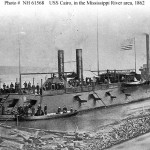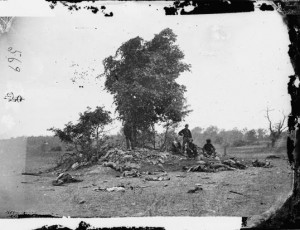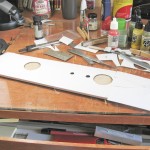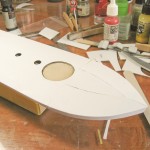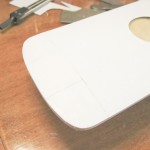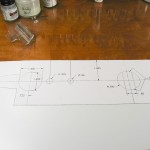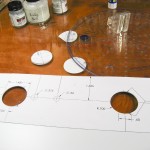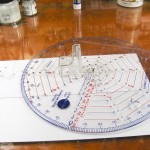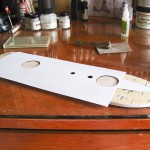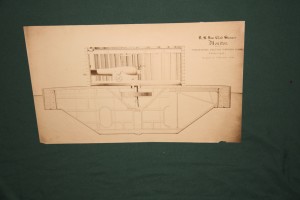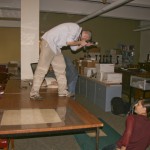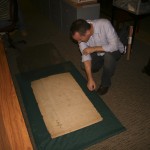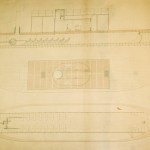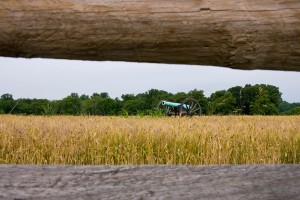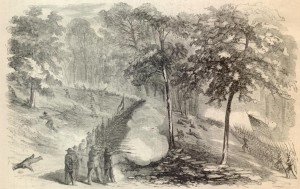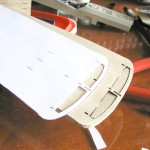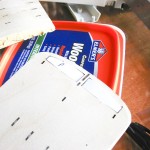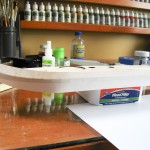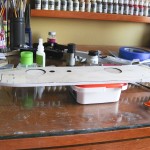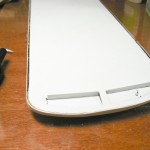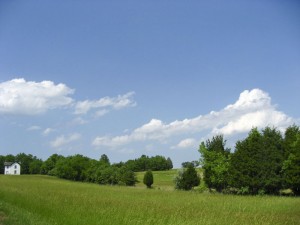 Yesterday evening, August 28th, I sat on our deck in Hoboken, New Jersey, right before sunset. I watched the sun sink below the horizon and thought about what was kicking off down in Virginia, 150 years ago. The battle at Brawner Farm began just before sunset, at about 6 p.m. in 1862, but now with time zones and other factors, it was nearly 8 p.m. here by the time the sky had turned to a gradient of orange upwards to dark blue, and everyday objects replaced their hard lines with shadows.
Yesterday evening, August 28th, I sat on our deck in Hoboken, New Jersey, right before sunset. I watched the sun sink below the horizon and thought about what was kicking off down in Virginia, 150 years ago. The battle at Brawner Farm began just before sunset, at about 6 p.m. in 1862, but now with time zones and other factors, it was nearly 8 p.m. here by the time the sky had turned to a gradient of orange upwards to dark blue, and everyday objects replaced their hard lines with shadows.
Brawner Farm was the first battle for the Union unit known as The Iron Brigade, a unit I’ve developed a particular fondness for. They didn’t have that name 150 years ago at Brawner Farm, though, not yet. They’d earn that at the battle of South Mountain in less than a month. On August 28th, they were known as the Black Hats. The unit was made up of entirely “western” soldiers, men from Wisconsin and Indiana; the only brigade in the eastern theater to be made up so. In order to further distinguish them, their commander John Gibbon outfit them in the regular army uniform of tall black hats, long blue frock coats, and even dress leggings. Imagine going into battle wearing that.
The unit was formed in late 1861, Continue reading →
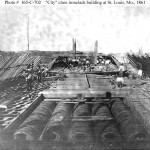 Very happy to announce that the New York Times has published my first piece for their website. Ironclad Fever is about the armored warship building frenzy in both North and South after the Monitor and Virginia (Merrimack) battle in 1862.
Very happy to announce that the New York Times has published my first piece for their website. Ironclad Fever is about the armored warship building frenzy in both North and South after the Monitor and Virginia (Merrimack) battle in 1862.